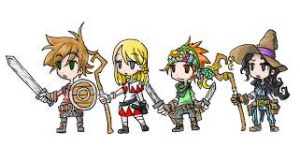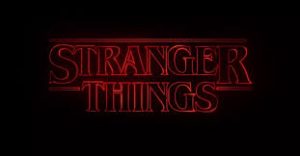 I have been through the adventure notes today adding post-it notes to scenes and locations with little added comments about sounds, smells and little visual ‘clips’ such as dust swirling in a vortex as a door slams shut.
I have been through the adventure notes today adding post-it notes to scenes and locations with little added comments about sounds, smells and little visual ‘clips’ such as dust swirling in a vortex as a door slams shut.
These serve no purpose at all except to remind me to be more descriptive, not great long tracts of prose to be read out just little details to drop into the scene. I am hoping to bring scenes to life a little more, to make the sessions are little more atmospheric and engage more of the characters senses through the players’ imagination.
I am not sure why I have this love affair with post-it notes, I think it could be the immediacy they lend to editing. They are also great for moving anot NPC or monster around a location.
I read a post the other day about turning off your electronic devices while you are playing so you can focus on the game. I think that although I love having PDF rulebooks and my PDF GMs quick reference if I had to choose between post-its and and my tablet I would choose the sticky notes every time.
The motivation for the senses notes is two fold. Firstly I think it will make for a better game experience. Secondly I have an ulterior motive. I need to do to things in the next session. I want to try and make my players characters bond more. This may require more role play and less killing things so engaging the players in the world may help. I also want to ‘teach one of my players a lesson’. That sounds harsh but the way he has built his character is to pile all his DPs into weapons, body development, Spells and perception. The only other skills he has are things I gave away free or skills I pretty much insisted he buy. That is OK if you want to play a completely uneducated oaf but on the contrary, he keeps insisting that his character would know this or that because of his background.
In the next session I am going to make the challenges more skills based. Normally he is the überman of the party, the highest OB, the most spells, he sees danger coming and is normally the last man standing. I want to put him in a difficult situation where his sword is not going to help him.
Indirectly my sensory notes will feed into the slight change of tack. I don’t want to make him feel victimised, more like I want to demonstrate the value of being a more rounded character.
I also know now what I am going to do with the party. I think a haunted house is in order. I cannot remember ever doing a haunted house scene with these players and I have been GMing them on and off since 1985. I thing it must be a bit over due.









